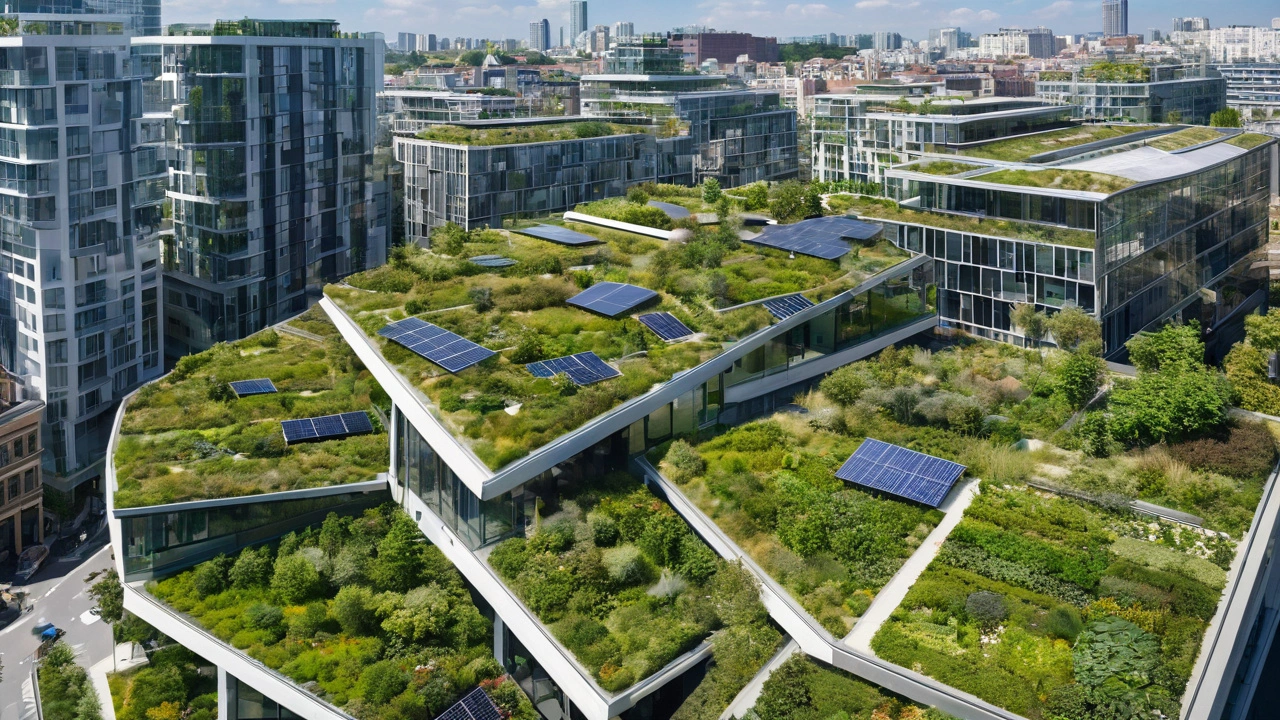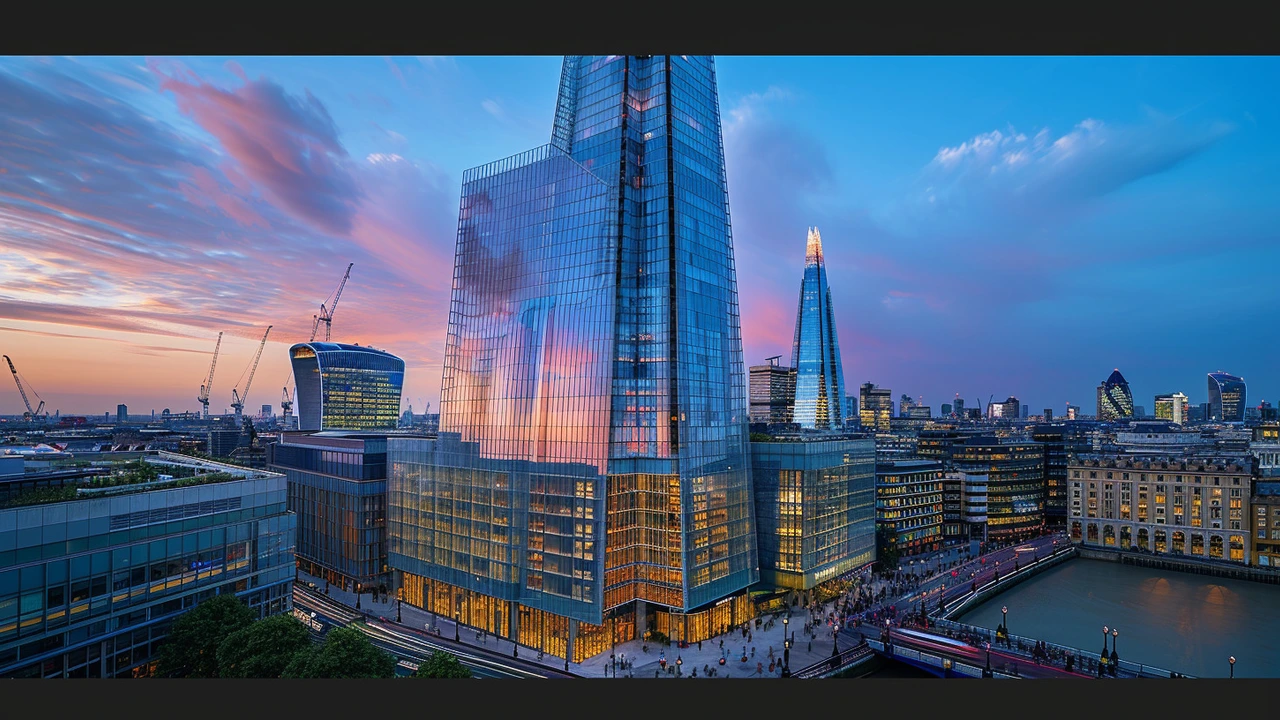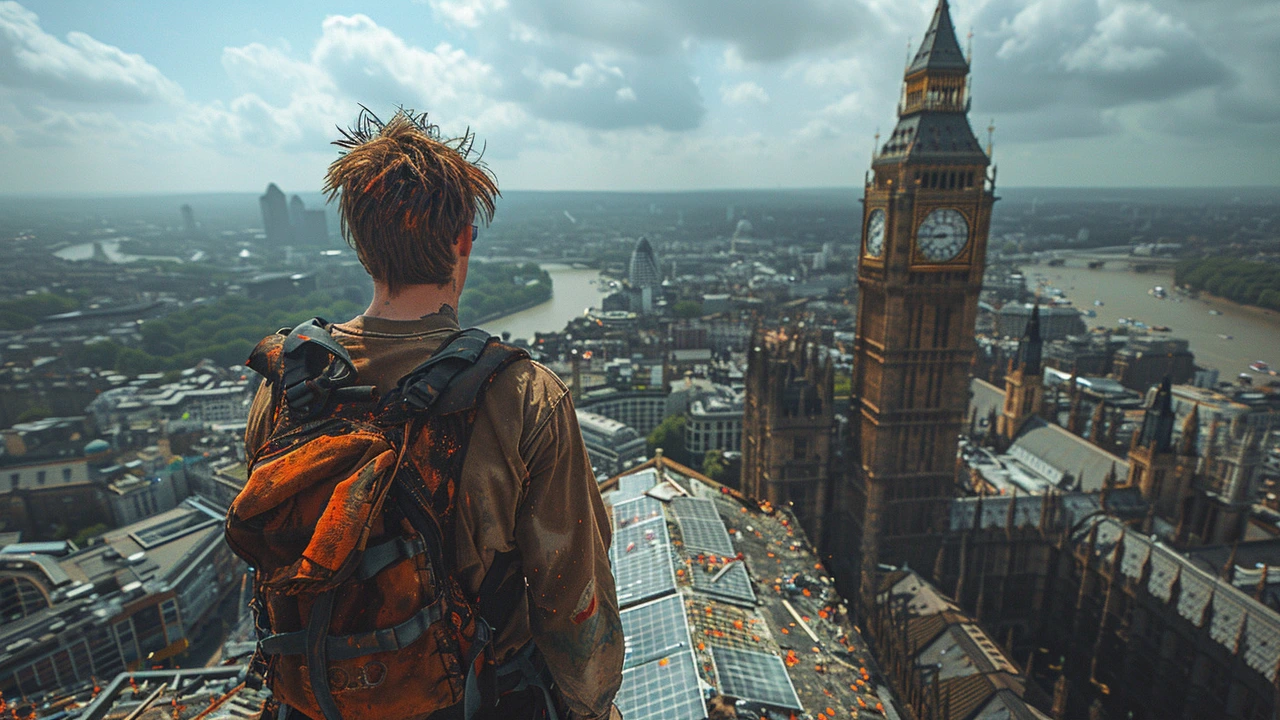Eco-Friendly Design: Simple Moves that Make Buildings Greener
Buildings are one of the biggest energy users on the planet — they eat up roughly 40% of global energy. Want to cut that, save money, and make spaces healthier? Eco-friendly design is about small smart choices as much as big systems. You don’t need to be an architect to get real gains.
Start with the basics: orientation, insulation, and ventilation
First, think about where the sun hits your building. Proper orientation and well-placed windows give you free heating in winter and easy shading in summer. Next, invest in insulation where it matters: attic, walls, and floors. Good insulation keeps temperature swings down and shrinks heating and cooling bills.
Ventilation matters for comfort and health. Mechanical ventilation with heat recovery (MVHR) pulls out stale air and keeps warmth, while simple cross-ventilation uses breezes. Combine ventilation with good insulation and you’ll feel the difference without cranking HVAC all the time.
Materials, systems, and small upgrades that pay off
Choose materials that last and have low environmental cost: engineered wood, recycled steel, low-VOC paints, and locally made products. For systems, prioritize LED lighting, efficient heat pumps, and smart thermostats. These upgrades often pay back within a few years through lower energy bills.
Solar panels are a clear win where space and sun allow. Even if full panels aren’t an option, consider solar hot water or community solar plans. Rainwater capture and low-flow fixtures cut water use and reduce strain on municipal systems.
Old buildings don’t have to be energy hogs. Adaptive reuse keeps character and saves the carbon from demolition. Simple retrofits—sealing gaps, upgrading windows to double glazing, adding thermal curtains—can cut drafts and improve comfort quickly and cheaply.
Biophilic touches matter too. Plants, natural light, and views to green spaces reduce stress and make interiors feel better. You don’t need a rooftop forest—potted plants, a green wall, or generous windows can do a lot.
Want a quick checklist? Prioritize: 1) airtight envelope and insulation, 2) efficient heating/cooling, 3) smart lighting and controls, 4) water-saving fixtures, 5) durable low-impact materials, 6) passive solar strategies, and 7) renewable energy if possible.
Certifications like LEED or Passive House can guide big projects, but don’t let the paperwork scare you. Use them as reference points: ask which measures bring the best performance per dollar. Sometimes simple tweaks beat expensive additions.
Finally, think long-term. Eco-friendly design often raises property value and reduces maintenance. Start with what you can control today, test one change at a time, and build toward bigger moves. Want examples or a tailored checklist for your project? We cover real-world case studies and step-by-step guides across Macklowe Art & Architecture—look for posts tagged "eco-friendly design" to find practical ideas that fit your style and budget.

Sustainable Architecture: Embracing Eco-Friendly Building Designs
Discover the new era of sustainable architecture, focusing on eco-friendly designs that aim to reduce environmental impact. Learn about the principles, benefits, and innovative techniques currently shaping the future of green buildings. Explore practical tips for incorporating sustainability into modern architectural projects.
Read more
A New Dawn in Sustainable Architecture: Designing for the Future
Sustainable architecture is reshaping how we think about building design and construction. This article delves into the innovative practices that are making our built environment more eco-friendly. Learn about the key principles, groundbreaking materials, and real-world examples driving this movement, along with practical tips for incorporating sustainability into your own projects.
Read more
Tracing the Green Path: The Evolution of Sustainable Architecture Over Time
Explore the transformative journey of sustainable architecture from ancient practices to the modern era. This article delves into the origins of eco-friendly design, highlights significant architectural innovations, and discusses the importance of sustainability in today's built environment. Learn about groundbreaking projects that epitomize the principles of sustainability and discover useful tips for incorporating green elements into your own space.
Read more